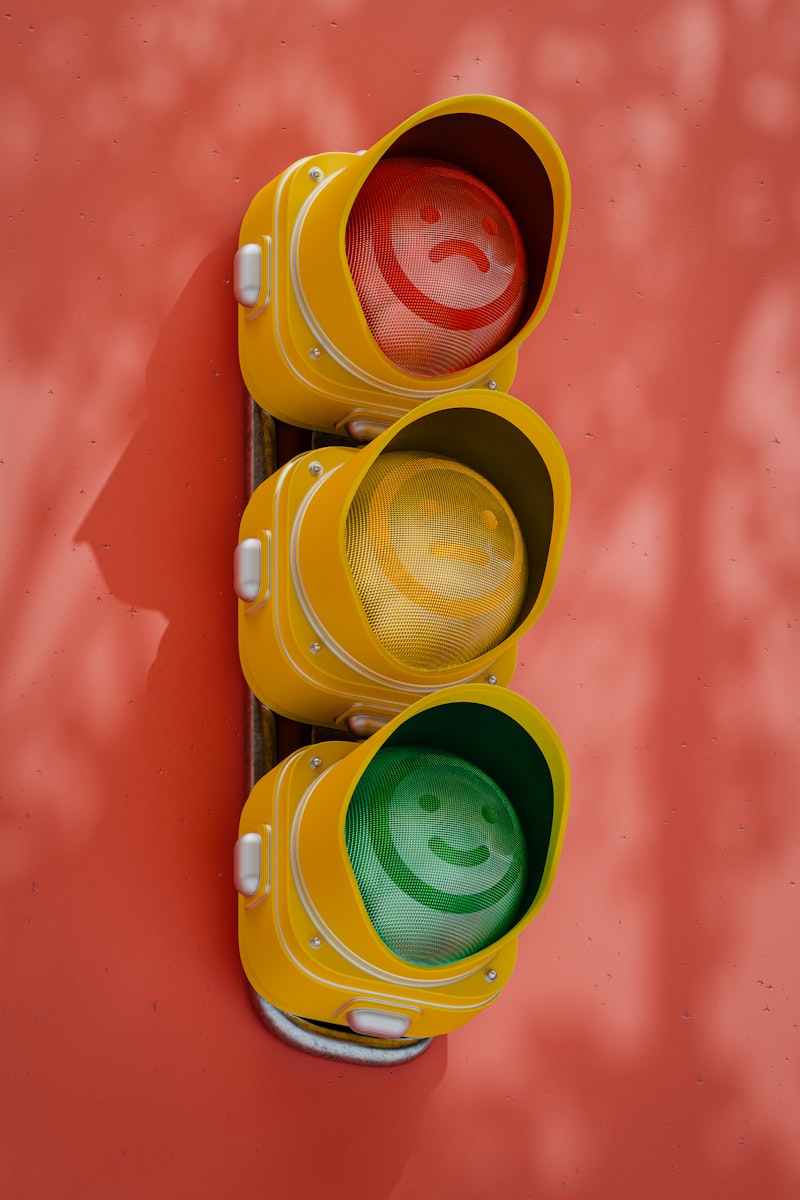The Importance of Fabric Swatches for Customization
The Importance of Fabric Swatches for Customization
In today’s world of fashion and interior design, customization has become a key trend. One essential aspect of this customization process is the use of fabric swatches. Fabric swatches are small samples of material that allow designers and customers to evaluate colors, textures, and weaving techniques before making a decision. Understanding the importance of fabric swatches for customization is crucial for anyone involved in design, whether they are homeowners, tailors, or fashion designers.
Understanding Fabric Swatches
Fabric swatches come in various shapes, sizes, and materials. Typically, they represent a specific fabric type, pattern, or color, allowing users to get a tangible feel for the material. Fabric swatches play a pivotal role in several aspects of design, providing essential information and aiding better decision-making. Here, we will discuss why fabric swatches are critical for customization.
1. Accurate Color Representation
Colors can look different depending on various factors such as lighting conditions, surrounding colors, and fabric type. By using fabric swatches, you ensure that you are choosing the correct hue for your designs. This is especially important in fashion and interior design where color combinations can significantly impact aesthetics.

2. Texture and Feel
Customization is not just about visual appeal; it also involves the tactile experience of the fabric. Swatches allow clients to see and touch the materials they're considering. This multi-sensory evaluation is vital, particularly for items like clothing and upholstery where comfort is essential. A swatch of cotton will feel vastly different from a silk sample, and each fabric's drape contributes to its suitability for different designs.
3. Weaving and Construction Techniques
Fabric swatches also showcase various weaving and construction techniques, which can affect not only appearance but also durability and maintenance. Understanding the fabrics you're working with is crucial to ensuring the longevity of your creations. For instance, a plain weave may have different properties compared to a twill or sateen, influencing its use in customized garments or upholstery.
| Fabric Type | Properties | Best Use |
| Cotton | Soft, breathable, easy to wash | Everyday clothing, curtains |
| Silk | Luxurious, shiny, drapes beautifully | Formal wear, elegant draperies |
| Wool | Warm, resilient, insulating | Coats, suits, winter apparel |
| Denim | Durable, heavy, versatile | Jeans, jackets |
4. Cost-Effectiveness
Choosing the wrong fabric can lead to wasted time, effort, and money. Fabric swatches help prevent these costly mistakes by allowing customers to make informed choices upfront. They can also assist in budget management, providing a clearer idea of the costs associated with different fabric types and helping clients get the most value for their money.
5. Enhanced Collaboration
The customization process often involves collaboration between designers and clients. Fabric swatches facilitate better communication, allowing both parties to be on the same page regarding colors, textures, and overall vision. Providing clients with swatches supports their understanding and trust in the design process, leading to a more satisfactory end product.
Common Questions About Fabric Swatches
As the importance of fabric swatches for customization becomes more recognized, potential clients often have several questions:
1. How Do I Choose the Right Fabric Swatch?
Choosing the right fabric swatch involves determining your project's requirements. Consider the function of your product—what level of durability do you need? Are there specific colors that resonate with your design vision? Start with broad options, then refine your choices based on texture, pattern, and weave.
2. Can I Request Custom Fabric Swatches?
Many fabric suppliers offer custom swatches tailored to specific needs. This could include digital swatches or specially ordered physical samples. It’s worth contacting your supplier to explore these options, especially if you have a unique vision in mind.
3. Are Fabric Swatches Only Useful for Designers?
Not at all! Fabric swatches are beneficial for anyone working on a customization project, including hobbyists and DIY enthusiasts. Being informed about fabric options enhances the customization process regardless of your skill level.
4. How Many Swatches Should I Request?
To avoid overwhelming choices, limit your selection to a handful of fabrics to start with—around five to ten swatches. This will provide you with a diverse range of options without becoming confused by too many choices.
The Role of Fabric Swatches in Today's Market
The focus on environmental sustainability has also influenced how fabric swatches are perceived. With rising awareness of eco-friendly materials, many designers are now exploring organic cotton, recycled polyester, and other sustainable fabrics. By examining fabric swatches, designers can make informed, eco-conscious choices that resonate with modern consumers. Customization is increasingly tied to sustainability, making the role of fabric swatches even more significant.
Conclusion
In summary, the importance of fabric swatches for customization cannot be overstated. They provide accurate color representation, a chance to feel textures, insight into construction techniques, and cost-effectiveness while facilitating enhanced collaboration between designers and clients. Whether you're a professional designer or a DIY enthusiast, taking the time to explore and understand fabric swatches will undoubtedly lead to a more successful and satisfying customization experience.
Remember the key points: always evaluate color and texture through swatches before making a decision, communicate your vision with your designer, and keep an open mind when exploring different fabric options. Customization should be an enjoyable and rewarding process, and the right fabric swatches can make all the difference.
